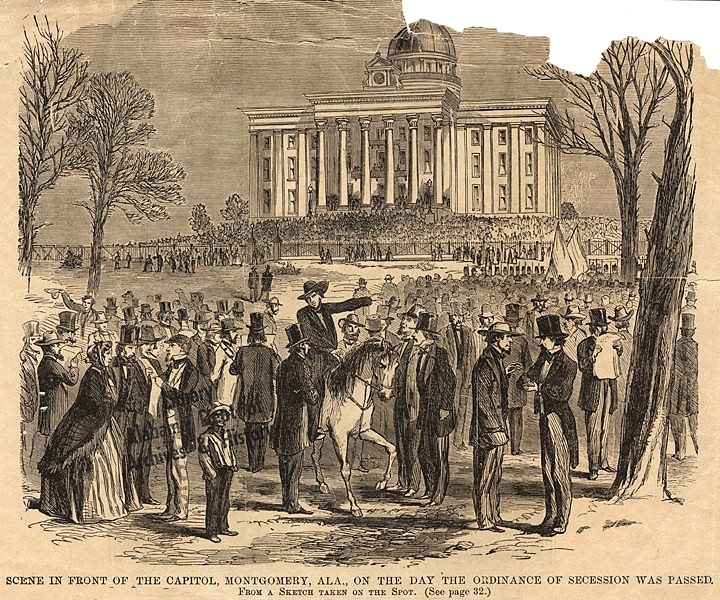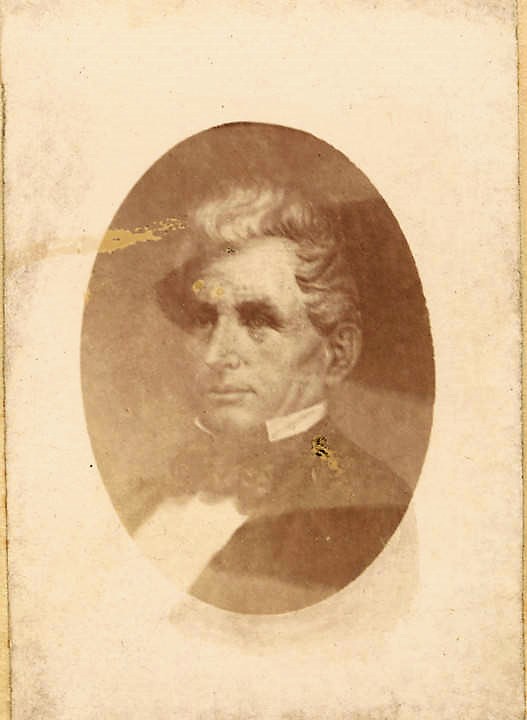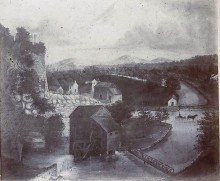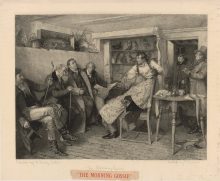Excerpt from
ALABAMA STATE CAPITOL
AN HISTORICAL SKETCH,
Brochure
by
JAMES B. SIMPSON,
Late Recording Secretary to the Governor
JANUARY 1898
Roemer Printing Co., Montgomery, Ala,, Printers
JUST BEFORE THE WAR
From 1852, for several years, there was little of interest in and around the Capitol building, but the agitation of the slavery question which was kept up in the years between 1852 and 1859, eliminated with a series of momentous events in 1860 and 1861, which have made the Capitol at Montgomery historically famous the world over.
Only Patrons can comment or chat
Join our Alabama Pioneers Patron Community!’
See how to Become an Alabama Pioneers Patron
On the 24th day of February, 1860, the Legislature of Alabama, in anticipation of the possibility of the election of a “black Republican,” as President of the United States, passed a resolution authorizing the Governor, in the event of the election of a Republican at the election for President in November of that year, to call a convention of delegates to see what action Alabama should take. The Governor was authorized to issue his proclamation ordering an election to be held for delegates to such convention to assemble in the Capitol, “to consider, determine and do whatever in the opinion of said convention, the rights, interests and honor of the State of Alabama requires to be done for their protection.”
Governor Andrew Barry Moore, governor from 1857-1861 (Alabama Department of Archives and History)
Upon the election of Mr. Lincoln in November, 1860, Governor A. B. Moore received a communication from citizens of the following counties: Montgomery, Dallas, Greene, Marengo, Lowndes, Perry and Jackson, calling on him for his construction of his rights and duties under the resolutions passed by the preceding Legislature, since the contingency had happened in the selection of Abraham Lincoln as President. In reply to this communication Governor Moore informed the signers of the communication that he felt that it would be his duty to act after the electoral votes had been cast, and in the event the majority of the electoral college voted for Mr. Lincoln, he would issue his proclamation and order the election for delegates as provided for in the resolutions. The electors met and cast their votes for President and Vice-President on the 5th day of December, 1860, and Lincoln and Hamlin received a majority of the votes cast.
On the 6th day of December, 1860, Governor Moore issued his proclamation, setting out the resolutions adopted in February, 1860, and an election was ordered to be held for delegates to the State Convention, which election was fixed for the 24th day of December, and the time of the meeting of the convention was set for the 7th day of January, 1861.
The interest in this election was intense. There was a strong following in the State in favor of taking no step which meant the disruption of the Union, and there was another element, which, while it might favor secession, was opposed to the State of Alabama acting alone. This faction became known as the co-operationists, as their plan was, if secede at all, to do so in co-operation with the other States of the South. No one knew certainly whether the straight out secessionists had a majority, or whether the Unionists and the co-operationists would by a combination be able to organize and control the action of the convention. Both sides were loud in their claims.
(continued)
ALABAMA FOOTPRINTS – Volume I – IV: Four Volumes in One
The first four Alabama Footprints books have been combined into one book,
From the time of the discovery of America restless, resolute, brave, and adventurous men and women crossed oceans and the wilderness in pursuit of their destiny. Many traveled to what would become the State of Alabama. They followed the Native American trails and their entrance into this area eventually pushed out the Native Americans. Over the years, many of their stories have been lost and/or forgotten. This book (four-books-in-one) reveals the stories published in volumes I-IV of the Alabama Footprints series.






